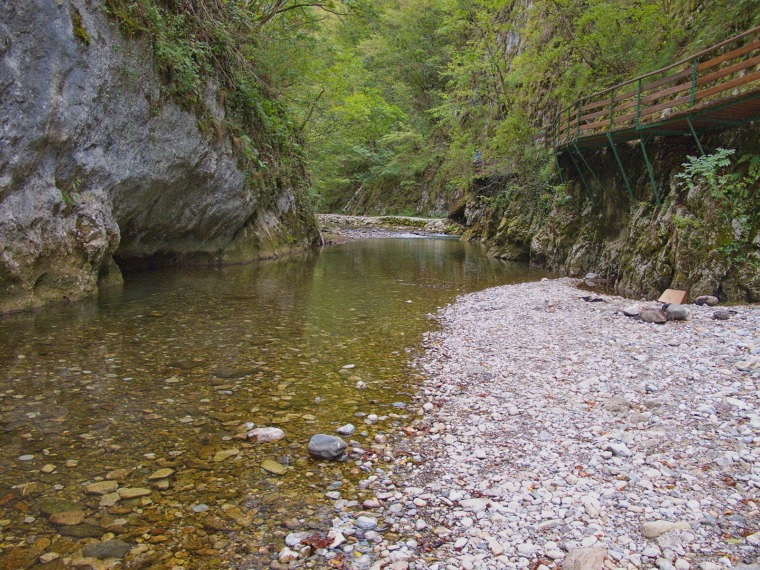

Orthodox believers and the Serbian Orthodox Church mark Christmas Eve, which announces Christmas, the feast of the birth of Jesus Christ. This day is marked with liturgies at churches, by burning badnjak and family gathering around the Lenten table.
Christmas Eve represents the preparation for marking the happiest Orthodox holiday, Christmas, the birth of Jesus Christ. Most of the customs in Serbia are related to the Christmas Eve and Christmas, which depict the event of the birth in Bethlehem.
 At dawn, on the day of Christmas Eve, men from the house go to “badnjaks”. Badnjak is the young oak or cer tree and it represents a symbol of the tree which was, according to the stories, brought to Joseph and Mary by the shepherds, to start the fire and heat the cave in which Jesus was born.
At dawn, on the day of Christmas Eve, men from the house go to “badnjaks”. Badnjak is the young oak or cer tree and it represents a symbol of the tree which was, according to the stories, brought to Joseph and Mary by the shepherds, to start the fire and heat the cave in which Jesus was born.
According to the custom, badnjak is lit just before the holiday and it burns until Christmas, when the joy of Christ’s birth is announced. After burning badnjak is a symbol of separation with the ancient beliefs and acceptation of the new light which comes with the faith in newly born Christ.
Liturgies and burning of badnjak are organized around Serbia on the Christmas Eve in front of numerous temples. The largest number of people is traditionally gathered in front of the St Sava Church in Vračar, where a number of believers merrily await for the happiest Orthodox holiday.
All the customs have the meaning of Orthodox togetherness, so it is considered that people gathered around badnjak get warm by the love and concord, and they enter its light to the darkness of ignorance and superstition.
Before Christmas, the floor is being sprinkled with the straw and homes are turned into the Bethlehem’s cave, the one in which Jesus was born, who was swaddled in straw and to whom the shepherds gave a bow first.
In village houses, the straw stays on the floor for three days, while in the cities, a bundle of straw is being put next to badnjak.

There is a custom that houses are sprinkled with wheat and many other rituals which were given the Christian sense, because Christ came to make people closer and to feed and water them with his knowledge and love.
At Orthodox houses, Christmas Eve is a family holiday when members of households are gathered around the Lenten table.
Christmas is always the first fat day after the Christmas fast and the day when people who followed the rules of the fast go to church for a communion.
Besides the Serbian Orthodox Church, Christmas Eve is celebrated on January 6th by the Russian and Georgian Orthodox Churches, Belarusian and Ukrainian Orthodox believers, Jerusalem Patriarchate, Mount Athos, old calendarists in Greece and Egyptian Copts.









